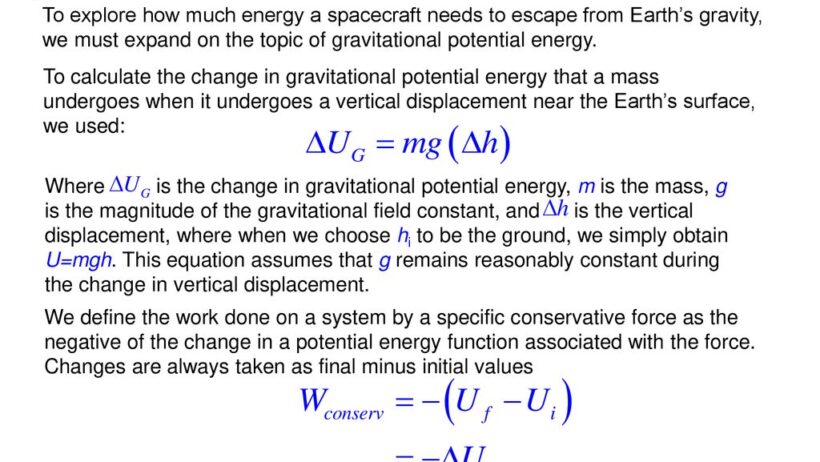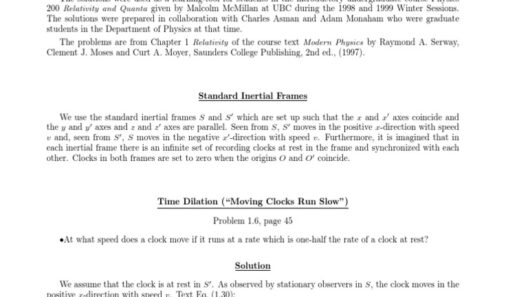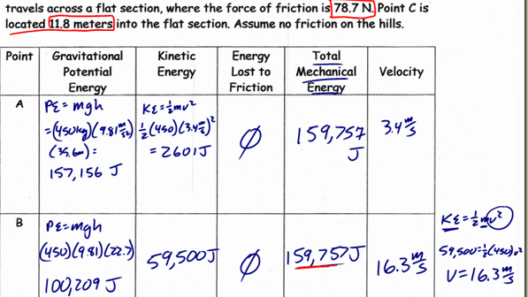Understanding the intricacies of conservative forces and potential energy is crucial, especially in today’s world where conservation is paramount. These concepts are foundational to various fields, including physics, engineering, and environmental science. They are not merely academic inquiries; they are pivotal in crafting sustainable solutions for energy utilization and conservation.
So, what exactly are conservative forces? A conservative force is a force where the work done by the force on a particle moving from one point to another is independent of the path taken. Rather, it only depends on the initial and final positions. This characteristic makes conservative forces particularly compelling when considering energy conservation. A common example of a conservative force is gravity. Imagine a ball thrown upwards against the force of gravity. The energy spent to lift the ball is stored as gravitational potential energy, and when the ball falls back down, that potential energy is transformed back into kinetic energy.
Now, let’s explore potential energy in greater depth. Potential energy is the stored energy associated with the position of an object within a force field. The concept is vast, encompassing gravitational, elastic, and electric potential energy. Gravitational potential energy, for instance, can be described mathematically as U = mgh, where U is potential energy, m is the mass of the object, g is the acceleration due to gravity, and h is the height above a reference point. This relationship demonstrates the direct correlation between height and potential energy: the higher the object, the greater the energy stored.
Interestingly, one might pose a playful question: “If energy can neither be created nor destroyed, but merely transformed, what would it mean for our day-to-day lives if we harnessed this phenomenon more effectively?” The answer lies in the practical applications of conservative forces and potential energy. From renewable energy sources to mechanical systems, understanding these forces enhances our ability to craft more efficient and sustainable designs.
The role of conservative forces in mechanical systems illustrates this point. Consider a pendulum—its motion is governed by the interplay of potential and kinetic energy. At the apex of its swing, the pendulum has maximum potential energy and minimal kinetic energy. As it descends, potential energy converts to kinetic energy until it reaches its lowest point, where the kinetic energy is at its peak. This perpetual transformation epitomizes the conservation of energy—a principle that can inform our energy consumption practices and lead to innovative designs in devices such as energy-efficient vehicles and renewable energy systems.
However, while the principles of conservative forces and potential energy are well-established, challenges abound. One pressing issue is how to maintain the balance of energy systems in natural environments. Ecosystems function as complex networks of energy flows and matter transfer, influenced by both conservative and non-conservative forces. Disruptions in this balance—such as habitat destruction, pollution, and climate change—threaten the stability and resilience of these systems. Thus, embracing the insights from physics can aid conservation efforts by providing frameworks for understanding ecological dynamics and energy flow.
Another challenge lies in the inherent inefficiencies present in the real-world application of energy concepts. Although potential energy is conserved in theoretical models, friction, air resistance, and other dissipative forces typically impoverish the system. The challenge, then, is not merely in converting potential energy into useful work but also in minimizing losses. For instance, in hydroelectric power systems, water is elevated to create gravitational potential energy that is later converted to electricity. Yet, every step—from dam construction to energy transmission—loses some energy to the environment. Therefore, incorporating advanced materials and technologies to reduce these losses is vital for improving energy efficiency.
So, how can we apply our understanding of conservative forces and potential energy in tangible ways? First, advocating for sustainable energy practices is essential. This includes promoting renewable energy sources such as wind, solar, and hydroelectric power which thoughtfully harness natural forces. Moreover, innovative solutions—like using gravitational potential energy in water towers to generate electricity—can be explored. Rethinking urban landscapes to incorporate green building designs that optimize natural lighting and heating also exemplifies harnessing potential energy.
Furthermore, educational initiatives play a critical role in spreading awareness about energy conservation. By imparting knowledge about the workings of conservative forces and potential energy, individuals and communities can make informed decisions that benefit both the environment and their economics. Workshops, online courses, and community programs that emphasize these scientific principles provide an avenue for active engagement in conservation efforts.
As we navigate the pressing challenges of energy consumption and environmental degradation, the principles of conservative forces and potential energy stand as pivotal tools in our arsenal. Understanding and applying these concepts can lead to innovative solutions that not only improve energy efficiency but also contribute to the sustainability of our planet. Hence, embracing these forces is not just an academic pursuit, but a necessity for future generations. The time to act is now; let us harness the power of science for a sustainable future.






